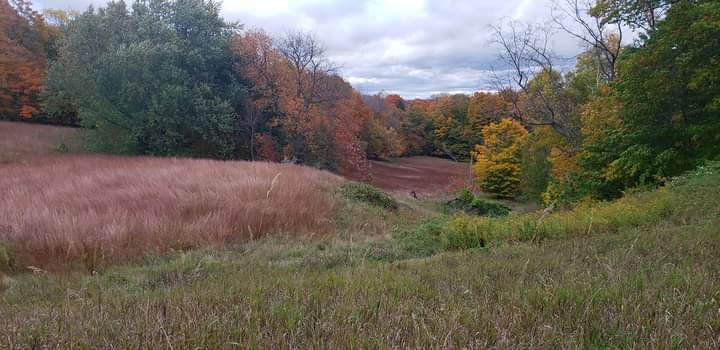Environmental Stewardship
Our approach to environmental stewardship is captured in our Vision statement, with primary emphases on restoring and sustainably preserving the natural beauty of our Michigan dune grasslands and forest, and ensuring the integrity of the containment area.
Containment Area Information - Prepared by Ortwell-Mawby
An important issue in the developing of the property from a golf course to a Conservancy was the proper management of the pesticide-contaminated soils which were a by-product of golf course maintenance. The recommended remedy for these pesticides was to cover any contaminated soils with 6 inches of top soil to avoid contact by individuals*. As the site had 25 separate areas with contamination (tees, greens, etc.), the decision was made to utilize a management approach which would have greater long-term certainty and security. Consequently, a plan was developed, approved by the Michigan Department of Natural Resources, and implemented in which all contaminated soils (plus soils within 10 feet of any contamination) were excavated, and were all brought to a single area prepared to receive them. The contaminated soils were then covered with an appropriate plastic membrane, and 3 to 5 feet of clean soil. This area of almost 2 acres is delineated with markers and is inspected periodically by professionals to assure the integrity of the containment. The most recent inspection report is shown below and indicates good containment.
*The pesticides involved contained arsenic and lead, with the levels of arsenic being of principal concern. These pesticides are very immobile, and do not leach through the soil. The pathway for risk to humans is by contact with the contamination, and subsequent oral ingestion of the contaminated soil. Putting a golf tee in one's mouth on an old golf course is not a particular risk, but is a far greater risk than any remaining on the property.
*The pesticides involved contained arsenic and lead, with the levels of arsenic being of principal concern. These pesticides are very immobile, and do not leach through the soil. The pathway for risk to humans is by contact with the contamination, and subsequent oral ingestion of the contaminated soil. Putting a golf tee in one's mouth on an old golf course is not a particular risk, but is a far greater risk than any remaining on the property.

